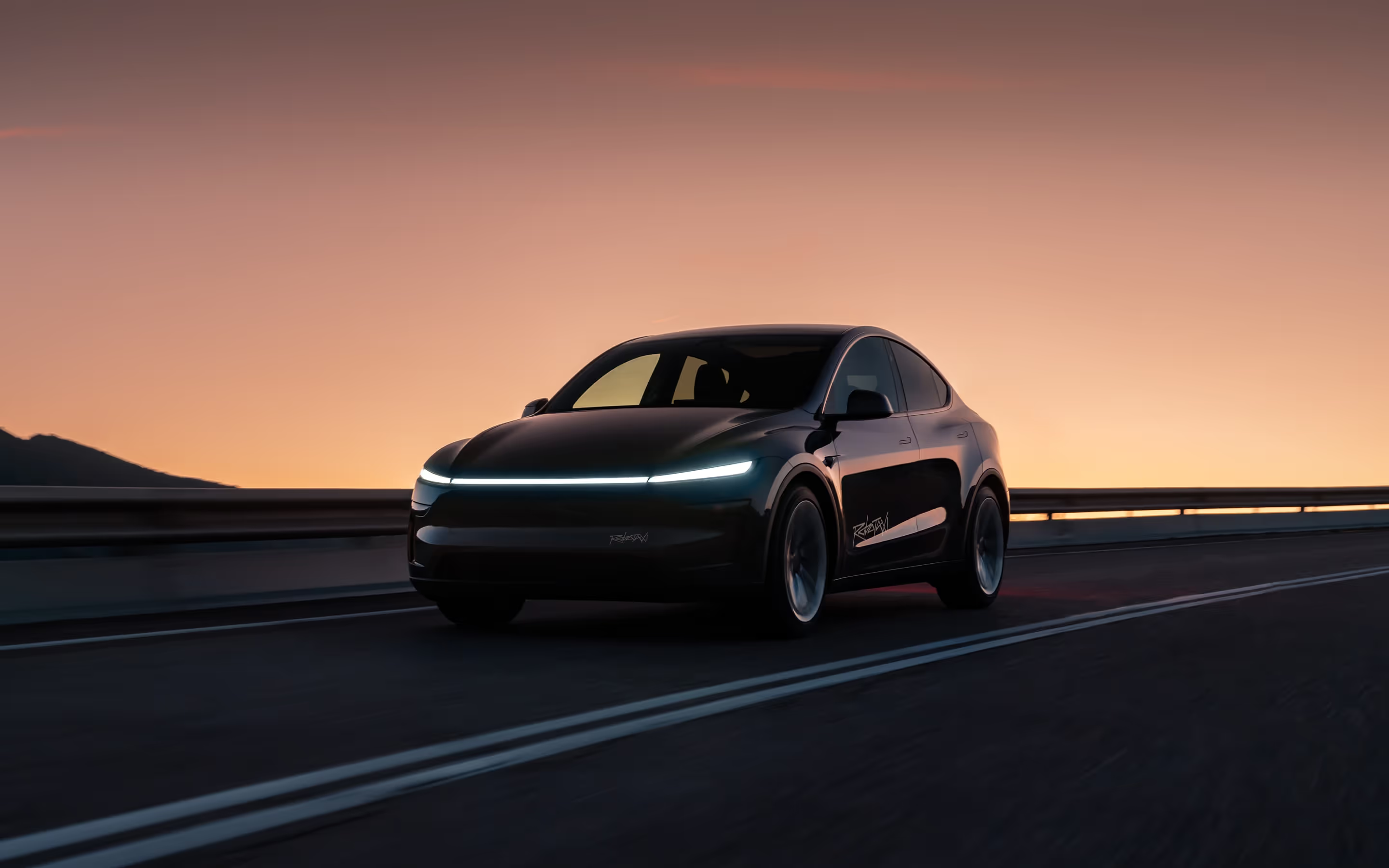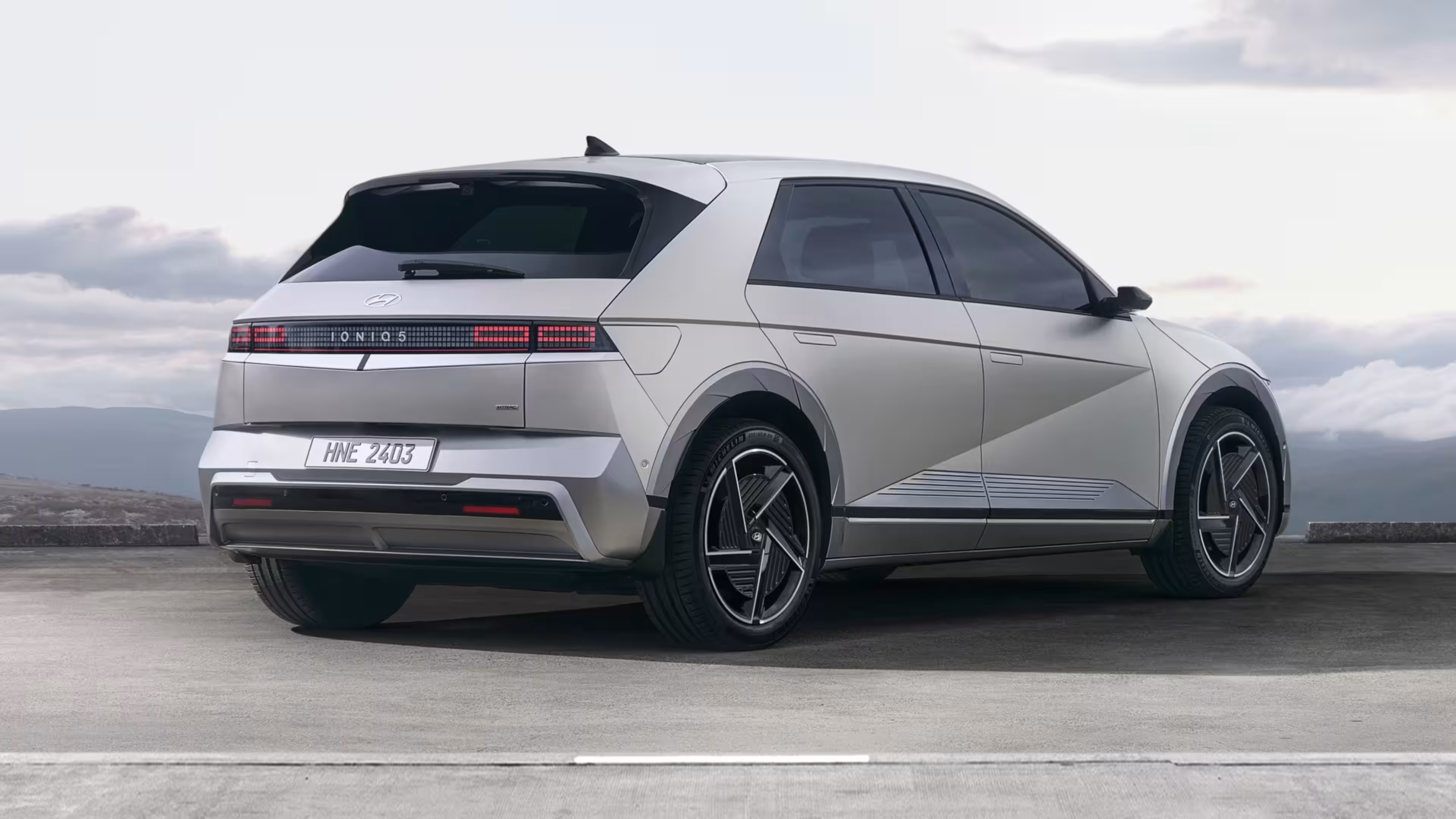The popularity of flexible car ownership models like vehicle subscriptions has grown rapidly in recent years. Rather than committing to long-term loans or leases, consumers are increasingly interested in short-term options that allow more freedom and variety. This has led automakers and dealerships to explore new offerings like vehicle subscriptions that provide short-term access to cars without a long-term contract.
Within this trend toward flexible ownership, an emerging option is the concept of microleasing. Microleasing provides an alternative to traditional multi-year leases and subscriptions through very short lease terms, typically lasting from 6-12 months. As an innovative way to temporarily access vehicles, microleasing is rising in popularity especially for new models like electric vehicles.
What is a Microlease?
A microlease refers to a car lease with a much shorter term length than traditional leases, typically ranging from 6 to 12 months. Whereas standard multi-year leases usually last 2-3 years, microleases focus on providing short-term access to a vehicle for less than a year.
Microleases differ from the typical lease model by concentrating on shorter lease terms rather than longer 2-3 year commitments. However, they lack the flexibility of car subscription services, which allow swapping between vehicles. With a microlease, the consumer is locked into leasing just one vehicle for the 6-12 month period.
Microleases vs Traditional Leases
One of the key differences between microleases and traditional multi-year leases is the duration of the leasing term. As the name suggests, microlease terms are much shorter, often ranging from 6-12 months compared to the standard 2-3 year lease terms.
The shorter leasing period allows consumers to try out a vehicle without the long commitment of a traditional lease. It provides more flexibility and options to return the vehicle or swap into something new after 6-12 months, whereas most standard leases lock consumers into the same vehicle for 24-36 months.
In addition to the shorter terms, microleases can also have lower monthly payments compared to standard leases because of the condensed leasing period. With fewer monthly payments required overall, each individual payment is reduced.
For consumers interested in driving an EV or new vehicle model but unsure about committing for 2-3 years, a microlease provides a temporary ownership option to experience the vehicle without being locked in long-term.
Microleases vs Subscriptions
Microleases lack the variety and car swapping flexibility that many subscription services provide. With a subscription, you can often exchange the vehicle you are driving for a different make or model after a short period like one month. This allows trying out multiple vehicles back-to-back over the course of a year. Microleases do not offer this flexibility - you are locked into the single vehicle for the entire lease term, similar to a standard multi-year lease.
In some jurisdictions, there may be additional legal and credit considerations associated with a microlease that otherwise don't apply to shorter-term subscriptions.
In essence, a microlease operates much like a traditional lease just with a shorter 6-12 month term rather than 2-3 years. So while microleases share some elements of the subscription model, they are more accurately described as short-term leases rather than a true car subscription service.
How are Automakers Using Microleases?
Automakers have multiple motivations for offering microleases, especially for electric vehicles. Two key factors driving these short-term lease programs are monetizing growing EV inventory and attracting hesitant customers.
As automakers ramp up EV production, they need to find ways to generate revenue from the new models coming to market. Microleases allow automakers to monetize and move inventory more rapidly with the shorter 6-12 month terms.
Additionally, some consumers may be hesitant to commit to an emerging EV technology long-term. Microleases give these customers a lower risk way to try out an EV without signing a multi-year lease. This can help attract those still uncertain about EVs to experience the technology first-hand.
In the case of Polestar, microleasing provided an opportunity to retain customers waiting for the yet-to-be-released Polestar 3 by getting them into the abundantly available Polestar 2 on a flexible lease. If all goes as Polestar has planned, those drivers will hand in the keys to a 2 and go home in a 3.
“Let’s put it this way: It’s an extended test drive,” said Gregor Hembrough, chief executive of Polestar USA. “With a lot of customers, their leases are expiring and every one of our rivals have something for them to go into, so we had to step up to the plate.”
What are the Benefits of Microleases to Consumers?
Microleasing offers several key benefits to consumers interested in driving an EV without a long-term commitment:
The biggest benefit is the lower commitment compared to a traditional 2-3 year lease. With a microlease term of just 6-12 months, drivers can enjoy a new EV without worrying about being locked in for multiple years. This allows trying out an EV model without a lengthy commitment.
Along with the shorter timeframe, microleases make it easy to try out an EV without immediately leasing one long-term. The 6-12 month terms are ideal for drivers who want to experience owning an EV before deciding if it's right for them long-term.
Finally, the lower monthly costs of a microlease can lead to potentially lower payments compared to a standard 2-3 year EV lease. Spreading the cost over a shorter lease term can result in more affordable monthly rates for drivers. This improved cash flow can make microleasing an EV more accessible.
What is the Market Opportunity for Microleasing?
Microleasing is a new take on car ownership that fills a gap between traditional multi-year leases and short-term subscription models. By offering lease terms of just 6-12 months, microleases provide the flexibility to try out an electric vehicle without the long-term commitment of a 2-3 year lease. At the same time, microleases lack the variety and ability to frequently swap vehicles offered by subscriptions.
However, microleasing can more simply be viewed as the next iteration of car subscription as automakers continue to experiment with flexible ownership models. From a backend perspective, the technical requirements of a microlease compared to a subscription are negligible, and existing platforms like Loopit can be utilised to introduce microleasing models.









